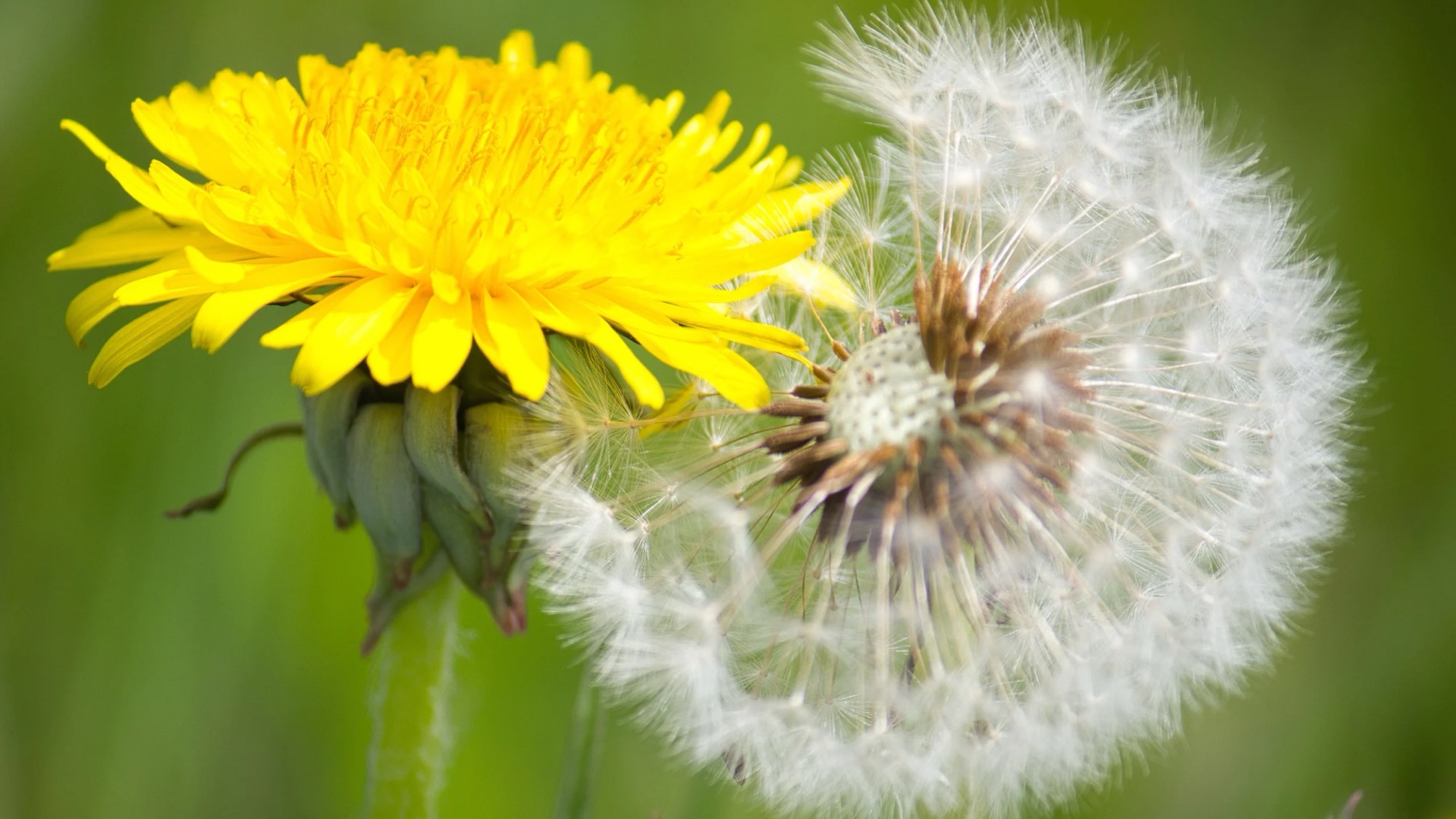Why You Should Grow Parsley for Your Dog
Parsley is a common herb in many kitchens, but did you know it can also be a great addition to your dog’s diet? Growing parsley in your garden not only provides you with a fresh supply of this versatile herb but also offers numerous health benefits for your canine companion. Here’s why you should consider growing parsley for your dog:
Health Benefits of Parsley for Dogs
- Freshens Breath: Parsley is known for its natural breath-freshening properties. It contains chlorophyll, which can help neutralize odors in your dog’s mouth, making it a great natural remedy for bad breath.
- Rich in Nutrients: Parsley is packed with vitamins and minerals that are beneficial for dogs, including vitamins A, C, and K, as well as iron, calcium, and folate. These nutrients support overall health, from boosting the immune system to promoting healthy bones and teeth.
- Anti-Inflammatory Properties: Parsley has anti-inflammatory properties due to its high content of antioxidants like flavonoids and vitamin C. These can help reduce inflammation in the body, which is particularly beneficial for dogs with arthritis or other inflammatory conditions.
- Supports Urinary Health: Parsley is a natural diuretic, which means it can help increase urine production. This can be useful for promoting urinary tract health and preventing issues like urinary tract infections (UTIs).
- Digestive Aid: The fiber content in parsley can aid in digestion, helping to prevent constipation and support overall gut health. Additionally, parsley can help soothe an upset stomach and reduce gas.
- Detoxifying Properties: Parsley is believed to have detoxifying properties, helping to remove toxins from the body and support liver function.
How to Grow Parsley: A Comprehensive Guide
Growing parsley is a relatively simple process, and it can thrive in both garden beds and containers. Here’s how you can grow parsley to provide a fresh, healthy addition to your dog’s diet:
Choosing the Right Variety
When growing parsley for your dog, it’s important to choose a variety that is rich in flavor and easy to grow. The two main types of parsley are:
- Curly Leaf Parsley (Petroselinum crispum): This is the most common variety, recognized by its bright green, tightly curled leaves. Curly parsley is mild in flavor and is often used as a garnish. It’s easy to grow and can be a great choice for both you and your dog.
- Flat-Leaf Parsley (Italian Parsley, Petroselinum crispum neapolitanum): Flat-leaf parsley has broader, flat leaves and a stronger flavor compared to curly parsley. It’s preferred by chefs for cooking due to its robust taste and is also rich in nutrients.
Planting Parsley
- When to Plant: Parsley is a cool-season herb, best planted in early spring or fall. It can tolerate light frosts but thrives in cooler weather. In warm climates, parsley can also be grown in partial shade to prevent it from bolting (going to seed) too quickly.
- Choosing a Location: Parsley grows best in a sunny spot with well-drained soil. It prefers full sun but can tolerate partial shade, especially in hot climates. If growing in a garden bed, ensure the soil is rich in organic matter. Parsley also does well in containers, making it easy to grow on patios or balconies.
- Soil Preparation: Parsley thrives in fertile, well-drained soil with a pH of 6.0 to 7.0. Before planting, mix in compost or well-rotted manure to improve soil structure and nutrient content.
- Planting Seeds or Transplants: Parsley can be grown from seeds or transplants. If starting from seeds, soak them in warm water for 24 hours before planting to speed up germination. Sow seeds 1/4 inch deep and 6-8 inches apart, thinning the seedlings to 8-12 inches apart once they are established. If using transplants, space them 8-12 inches apart in rows that are 12-18 inches apart.
- Watering: Keep the soil consistently moist but not waterlogged. Parsley prefers regular watering, especially during dry spells. Mulching around the plants can help retain moisture and suppress weeds.
Caring for Your Parsley Plants
- Fertilization: Parsley is not a heavy feeder, but it can benefit from a light application of balanced fertilizer or compost tea during the growing season. Over-fertilization can lead to excessive leaf growth at the expense of flavor.
- Pest and Disease Management: Parsley is relatively pest-resistant, but it can occasionally be affected by aphids, spider mites, or leaf miners. Regularly inspect your plants and use organic pest control methods if necessary. To prevent fungal diseases, ensure good air circulation around the plants and avoid overhead watering.
- Harvesting: Begin harvesting parsley once the plants have reached a height of 6-8 inches. Harvest the outer leaves first, cutting them close to the base. Regular harvesting encourages the plant to produce more foliage. Parsley can be harvested throughout the growing season, and the leaves can be used fresh or dried for later use.
Serving Parsley to Your Dog
Once harvested, parsley can be used in various ways to benefit your dog:
- Fresh Parsley: Chop fresh parsley leaves and sprinkle them over your dog’s food. Start with small amounts to ensure your dog likes the taste and tolerates it well.
- Parsley Infusion: Make a parsley infusion by steeping fresh leaves in hot water, then allowing it to cool. This can be added to your dog’s water bowl as a refreshing and detoxifying drink.
- Parsley Treats: Incorporate parsley into homemade dog treats by mixing chopped parsley into the dough before baking.
Growing parsley for your dog is a simple and rewarding way to provide a natural, healthy supplement to their diet. With its breath-freshening, anti-inflammatory, and detoxifying properties, parsley can support your dog’s overall health and well-being. Whether you choose curly or flat-leaf parsley, this versatile herb can be grown in garden beds or containers, making it accessible to gardeners of all skill levels. By incorporating fresh parsley into your dog’s meals, you’ll be adding a nutrient-packed herb that benefits their digestion, urinary health, and more.
Let us know your favorite things to keep your dogs happy and healthy on Facebook or Instagram.




